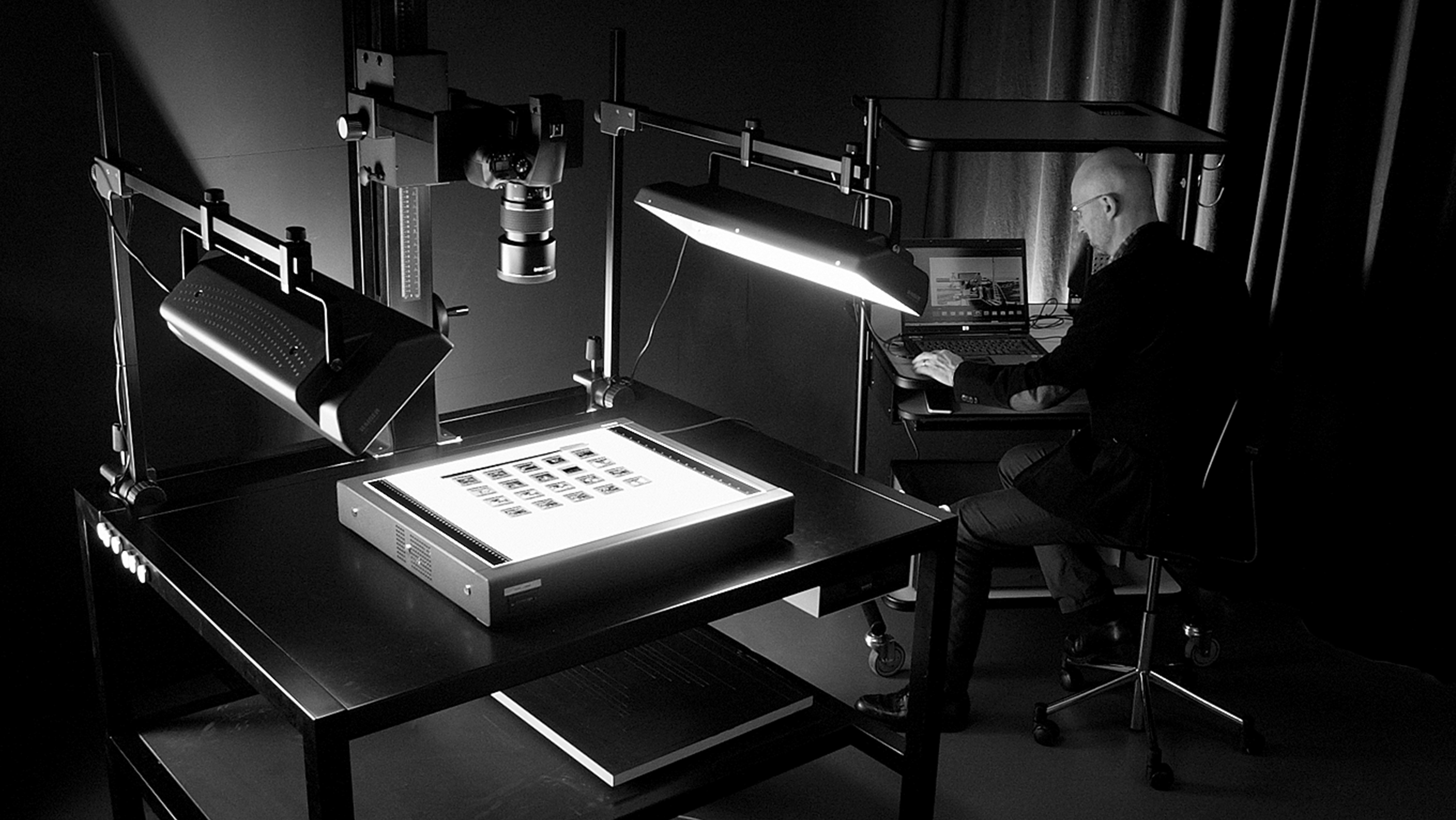At a glance
Digital media is increasingly dominating information work at all levels of society. In the communication process, in particular, digital objects are being used as transport media. To enable this to take place, ever more analogue objects are being converted into a digital form. This digitalisation process is of great significance. Although this process is performed professionally at many institutions, and sometimes also on an automated basis, there is in many cases a lack of knowledge with respect to the necessary quality requirements. Where the digitalisation process is inadequate, the loss of information is often great.
The new Digi Lab provides education and training aimed at preserving audiovisual cultural assets and is also available as a service for smaller digitalisation series.
Offer
- Training: you receive the opportunity to learn the digitalisation process for historic photographs as part of an apprenticeship. In the area of CAS/DAS digitalisation, you learn how to handle visual media professionally.
- Service: we digitalise historic visual media for you (from glass plates to colour slides).
- Consulting: we advise you in developing a historic image collection. (From assessment of available images to the development of a digital asset management system).
Equipment
The following equipment is available: a professionally illuminated, dimmable laboratory environment (5000 Kelvin); hardware-calibrated dual-monitor workstations including incident light and transparency units; various light and colour measurement devices; an ECI-RGB-based colour management workflow for the consistent handling of divergent media formats as well as a software environment for the effective processing of digital raw data. We use various devices in the transmedialisation process.
- Repro system for the digitalisation of flat goods up to A0 with 5000 Kelvin permanent or flash light. The system includes a vacuum plate (50 x 60 cm) for historic formats which are to be digitalised without being touched for conservation reasons; a high frequency transparency unit for the digitalisation of glass negatives as well as an A3 book cradle for the careful recoding of books and magazines.
- Slide/negative scanner for KB/MF formats (24/36 mm up to 6 x 9 cm)
- Flatbed scanner up to A3 format
- OCR duplex scanner for documents up to A4 format
- Besides different software packages for image processing, various programmes for the analysis of metadata and tagging are available in addition to colour calibration solutions and measurement charts.
Further information
Institute
The Digi Lab is assigned to the Swiss Institute for Information Science (SII).


